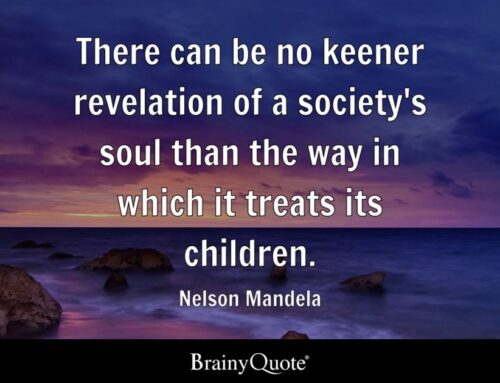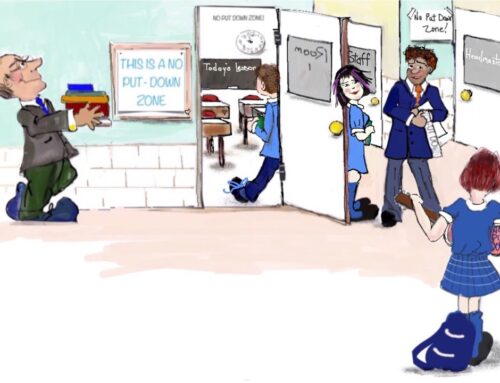Building a kind and cooperative school culture: the benefits of high social capital
A toxic environment
How many of you have worked in a toxic environment where you have had to watch your back, where whispering, negative cliques hold sway in the staffroom, where there are losers and winners across the school, bullying behaviour thrives and no-one except the powerful feels emotionally safe?
Doesn’t exactly make you want to get up on a Monday morning and head into school keen, motivated and full of energy does it!? It does little for your wellbeing or that of your students. How a teacher feels in the learning environment impacts on the wellbeing and engagement of students.
Sadly, in some schools, toxicity is the default position and it takes strong leadership to actively address this and take steps to build an alternative culture with high social capital.
High social capital
Although social capital has many definitions, the term is often used to mean the quality of relationships across a whole organisation or community. You can tell a school with high social capital the minute you walk in the door. It is seen on the faces of people, whether they are smiling or stressed; it is heard in the general buzz of engaged conversation and occasional laughter, rather than grim silences and shouting. it is seen on displays on the walls of corridors and classrooms, and heard in how people greet each other or ask for help. It is not only what is said but what is not said. It is the absence of blame, derision, sarcasm and judgment. It is the willingness and ability to listen and take account of the stories and humanity of each other. High social capital has the strange dual function of enabling people to be both more energised and relaxed; more vulnerable and more resilient. Jane Dutton, in her work on organisational culture, says that high social capital is found in the relational micro-moments that build trust and respect. It exists not so much in policy documents but in the thousands of interactions and conversations that take place every day.
So how do you build social capital?
The first step in raising the level of social capital to acknowledge that the quality of relationships impacts on the effectiveness of the learning environment, and matters for the wellbeing of both teachers and pupils. Relationships are not the soft or trivial aspects of school culture but the core from which everything else flows. Healthy relationships are based in the values of respect, reliability, reciprocity, kindness and consideration, and practiced in the way people talk to and about each other – including how differences are managed and conflicts are dealt with.
The next step is presenting the evidence on social capital, so that people know what it means and begin to challenge their own practice. This requires targeted professional development, which needs to be interactive so that participants experience at least some of the elements of healthy interactions, including finding what they have in common. Simply mixing teachers up to speak with those outside of their usual social circle can have remarkable benefits. It needs to be clear that individuals only share what they are comfortable with.
Walking the talk
Once you begin, it is not hard to identify those micro-moments that can easily be put into place every day. I wrote a blog on this called Going WALKIES: this acronym stands for Welcome, Acknowledgement, Listening, Kindness, Invitation (and inclusion), Enthusiasm and Silences. You can read more here.
Examples of good practice include the school who appointed a ‘social secretary’ who had half a day a term to organise an ‘event’ for all staff. Everyone acknowledged the difference this made to levels of trust, collaboration and overall friendliness. One director in a large organisation returned to work after six months with depression and circulated a blog about this. This was widely welcomed and the focus of many conversations. People are now more able to admit difficulties and ask for help. Another example is the school head who routinely treated every person in his school as if they were the most important person there –the positive feelings in the school were tangible.
Social capital is both complex and simple. It involves the way we think about and position other people and then our own emotional literacy in how we interact. For some it may be in the too hard basket – but since the emotional climate of a school impacts on everything and everyone, everyday it is worth striving for. Check the diagram above to see in how many ways.
Questions:
- What is your school already doing to build social capital?
- What else might you do?
- Is modelling positive relationships in the classroom and staffroom enough?
- If the leader is toxic what hope is there for the rest of us?!
The ASPIRE principles of Agency, Safety, Positivity, Inclusion, Respect and Equity also underpin positive relationships and whole school wellbeing. An article on these can be accessed here.








Leave A Comment
You must be logged in to post a comment.